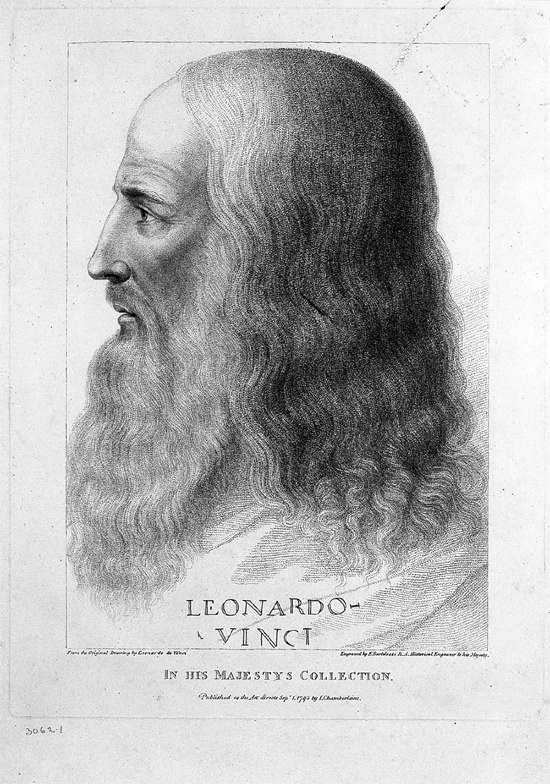Thought Leadership Studio Blog Posts:
Strategic Thought Leadership is a Creative Process
Use Your Creativity to Enhance Your Strategic Thought Leadership. Inspiration is the fuel for designing new futures.

#creativity, #innovation, #inspiration, #marketingresearch, #mentaltraining, #thoughtexperiments, #workshop
Those who follow my work might notice the attention to the Mental Game aspect of thought leadership. There are good reasons.
Consider that Strategic Thought Leadership includes leading a captivated audience to new thinking. Truly new thinking implies creativity. Creativity responds to a proper invitation. More on that further down.
First, let's put creativity in context.
The LEO Model describes the triple-perspective Thaut Process of Strategic Thought Leadership: Listen | Envision | Output.
 LEO the lion of thought leadership has three corresponding eyes as well: Insight, Inspiration, and Impact.
LEO the lion of thought leadership has three corresponding eyes as well: Insight, Inspiration, and Impact.
I bring up the LEO model to make it clear that it's not only creativity that makes effective Strategic Thought Leadership. A great idea is like an engine in a racecar- it needs all the other elements- like tires, suspension, the driver, aerodynamics - built around it as well. Without the complete setup, it won't win the race no matter how powerful the engine is.
So, the creativity to come up with novel and magnetic thought leadership positions is not enough on its own.
But it is absolutely necessary. It's like one of the 3 legs that holds the stool up: remove any leg and it will fall. It connects the Insight from audience Listening to the Impact of Outputting the message in media to enough people with enough frequency.
If you are in content marketing, it's not about how much content you output, it's about how well it leads the marketplace to think differently. It's the creativity of a novel position that moves a thought leading company from being from being lost in a crowd of sameness to standing apart with visionary leadership.
And a creatively designed Thought Leadership Position makes marketing easier. Working ever harder at selling a commodity product or service in a crowded field is fatiguing. Leading the marketplace to the new territory of inspired, fresh thinking brings the relief of saving wasted effort and the excitement of faster results.
So, while creativity is just 1 aspect of a triad of perspectives that makes thought leadership work, it is the pivot point. It is also what most consider the fun part. Accessing and expressing creativity is intrinsically rewarding.
So framing thought leadership as creative design seems to strike a deep chord in people. Let's examine the process further.
Every child is an artist; the problem is staying an artist when you grow up – Pablo Picasso
Strategic Thought Leadership as Design Process.
It's an artistic process when looked at from a certain point of view. It is about drawing from your resources to invent a new perspective. It is engineering a stepping stone from the prevalent point of view about your product or service category, field, or profession.
Strategic thought leadership is analogous to building a bridge. It enables crossing the river from the old point of view to a new point of view that you've designed.
External and Internal Strategic Thought Leadership
I have found it helpful to clarify the difference between External Strategic Thought Leadership and Internal Strategic Thought Leadership. Let's consider this distinction.

External Strategic Thought Leadership
External Strategic Thought Leadership is about building marketing campaigns around a thought leadership position. The focus is on results. It's about winning the game. In that sense, it is analogous to a football coach leading the team to a victory through a group strategy mapped out on a chalkboard.
Internal Strategic Thought Leadership
Internal Strategic Thought Leadership is more about training the practitioner to enhance their abilities in thought leadership. This is more like a strength and conditioning coach working out a training plan with a specific player to develop their individual performance.
Painting is poetry that is seen rather than felt, and poetry is painting that is felt rather than seen.
– Leonardo da Vinci
Mastering the inner game via Internal Strategic Thought Leadership is a prerequisite to the successful marketing or influence that External Strategic Thought Leadership aims to achieve.
Internal Strategic Thought Leadership is where creativity can be enhanced by the right kind of coaching.
Since people are innately creative, even those who believe otherwise, it is about learning 2 skills:
- How to access creative states and
- How to apply them where you want them.
It might also be about unlearning any false, disempowering beliefs that one is not creative. Believe you aren't creative? If that's the case, then you won't be able to creatively come up with any counters to my strong affirmation that you are, indeed, creative but have had some false hypnosis from somewhere that you are now free to discard.
Training Creativity
 The conscious-mind mental skills of creativity are about accessing it and applying it. While some might say "You can't teach creativity", it isn't about putting creativity in a person it didn't exist in before. It was already there. While we are not all painters or musicians, we are all creative.
The conscious-mind mental skills of creativity are about accessing it and applying it. While some might say "You can't teach creativity", it isn't about putting creativity in a person it didn't exist in before. It was already there. While we are not all painters or musicians, we are all creative.
It is about helping a person apply their innate creativity where they did not feel creative before. You can bring creativity to any act. It flows from a particular state of consciousness.
So let's get more familiar with this state of Creative Inspiration.
Characteristics of the Creative Inspiration State.
The creative inspiration state has the following characteristics:
- Focus on the present moment.
- A sense of letting things happen instead of making things happen.
- An expectation of a positive result without being particularly attached to that result.
- Enjoyment of the activity for its own sake.
Yes, some of these characteristics overlap. I present them separately for explanatory value. Let's consider each.
Focus on the present moment.
Creative inspiration deepens as immersion in the moment grows. A sculptor in the act is not thinking about the almond butter sandwich they are having for lunch after finishing the statue. They are fully immersed in the sensory experience of the now.
A sense of letting things happen instead of making things happen.
There is nothing forced about the creative inspiration state. It is the feeling of letting ideas emerge that signals you are using the power of the unconscious mind. It is a state of flow.
An expectation of a positive result without being attached to that result.
Attachment to a result brings you out of the here-and-now immersion that best invites creative inspiration in. Yet, there is a sense of knowing that things will turn out right. You could call it trust or, even, faith.
Enjoyment of the activity for its own sake.
Creative acts are intrinsically rewarding. A pure musician doesn't play to sell downloads. The joy of playing has the emergent outcome of selling more downloads in many cases, though. That joy shines through the playing and conveys itself to the listener in a way that more "contrived" art would not.
Training Access to the Creative Inspiration State.
Mapping the factors that set the situation up for you.
Think of 3 separate times when you felt creative inspiration. If you have trouble remembering them, think of times when you experienced some combination of the 4 characteristics above of focus, flow, unattached positive expectation, and intrinsic enjoyment.
It doesn't matter what the circumstances were, what you were doing, or what the end result of it was. It is purely how you felt during the experience that is important.
Creative Inspiration Access Mental Exercise.
- List 3 separate times you felt creative.
- For each in turn, step into the experience fully and re-experience it like it is happening again.
- See what you were seeing at the time.
- Hear what you were hearing.
- Feel what you were feeling.
- Hold yourself in the same posture and breath the same way.
- As you are re-experiencing the event, note where you feel the feelings in your body and in what direction they move.
- Double this feeling, in both intensity and size. Double it again.
- While you hold the amplified feeling, imagine leading your audience to a new way of thinking that you creatively invented. You don't need to know the specifics of it yet. Just get the feeling and envision the response.
- Continue to hold the feeling and now also imagine doing the creative work of documenting and organizing this new Thought Leadership Position.
- Rinse and repeat for each.
In Strategic Thought Leadership, we aim to create new ways of thinking for an audience. There is value in considering it an art form like a song, a symphony, or a sculpture. Like the artist, dancer, or musician, we use our art form- the Thought Leadership Position to convey a state of consciousness. Have you defined this state of consciousness? Have you contrasted it with the less-empowering state you are leading an audience from? If so, you have the beginning of a state-path, one of the key building blocks of a Strategic Thought Leadership Model.
You can bring this artistic creative state of mind to designing new, better futures for your audience: new models that give them extra choices and elevate their experience.
When you understand this is all a design process, you might begin to realize that you can work on yourself as an instrument of creative inspiration.
Of course, it's not all just thinking about things. But that's where it starts.
First you discover the baseline assumptions of the audience, field, or profession. And then you bring in your own creative spirit to help move that baseline somewhere better. And then you output it. Your output might be in creating web content. Or it could be through public speaking. It might involve videos or podcasts. You could utilize PR.
A lot of the value in generating the new is it generates PR worthy ideas because people are attracted to the novel.
So there is a lot of profit potential in developing the imagination to be more inventive and creative. But that might pale in comparison to the intrinsic rewards of getting to the creative inspiration state to develop innovative products and services, advances in science, or emotionally moving expression in the arts.
It is a reward in itself.
***************************************